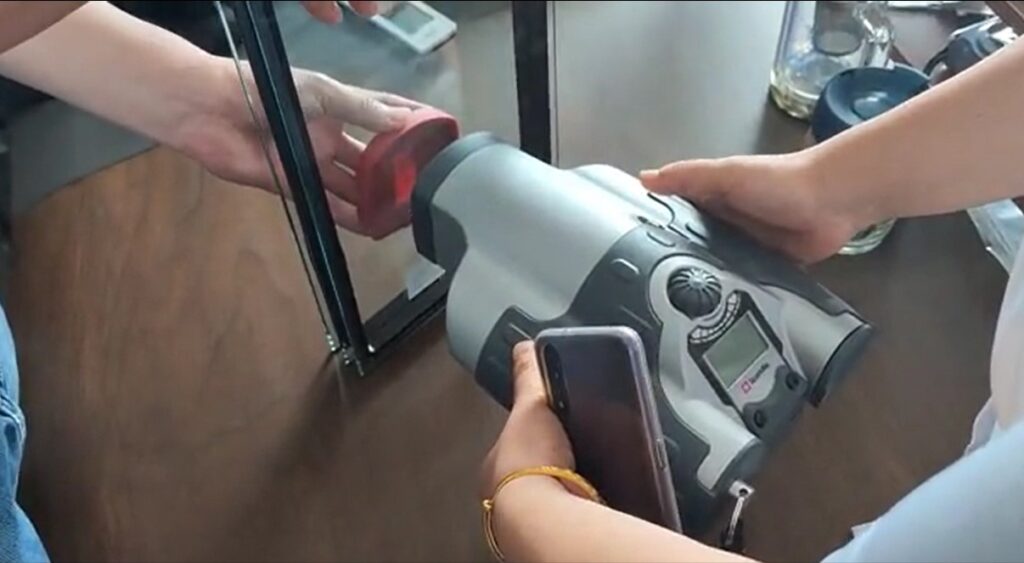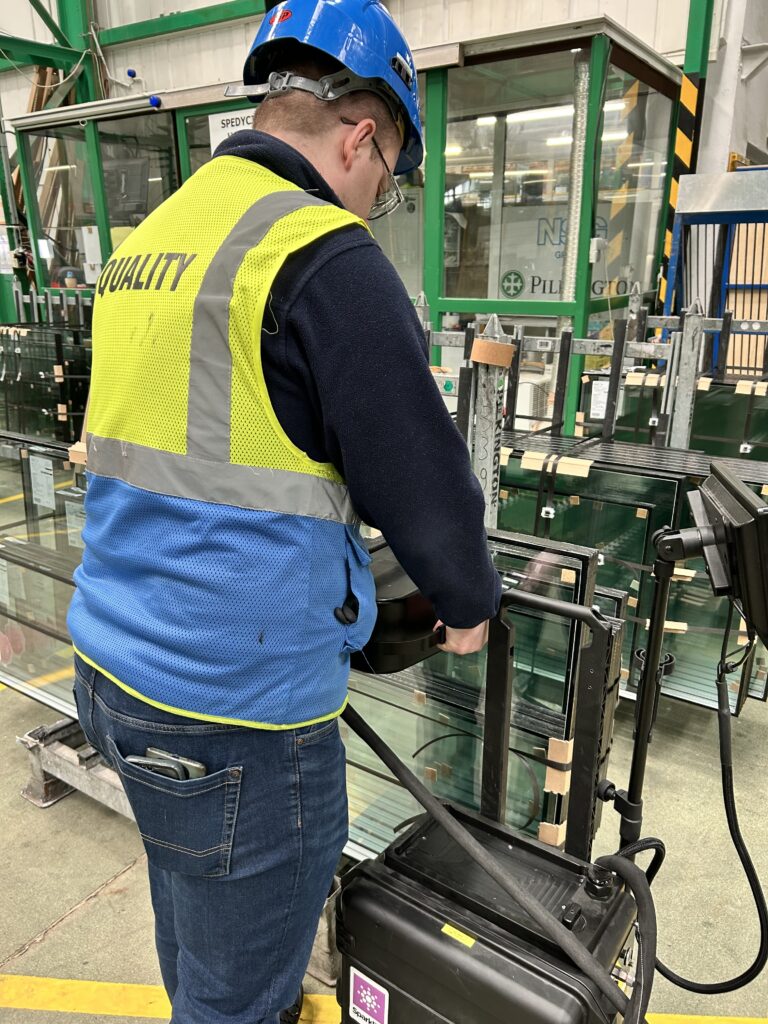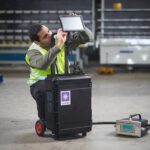Traditionally gas concentration has been measured with an invasive test method called a gas chromatograph. Nowadays insulating glass manufacturers are looking for ways to be being able to verify the proper functioning of the gas press more effectively. Unlike any other scanners, with gas presses, the possible flaws cannot be detected with a naked eye. To that end, Sparklike developed Sparklike Laser™ devices, the only available devices on the market for non-destructive insulating gas fill analysis for double and triple glazed IGUs. This technology enables to measure even through most coatings and laminated glasses. Download below the comparison sheet of gas concentration measurement methods.
Tunable Diode Laser Absorption Spectroscopy (TDLAS) Applications in IGU Gas Analysis
in 2018 Sparklike requested ift Rosenheim, a well-known test laboratory to perform a test to determine the argon gas concentration in insulating glass units by using a particularly challenging test specimen. This test specimen included samples with different constructions i.e. clear glass, triple glazed units as well as laminated glass with different coatings. The purpose of the test was to verify the results from measurements done with Sparklike Laser Standard™ analyser, by using gas chromatograph as a reference device. Sparklike Laser™ devices are based on technology known as TDLAS (Tuneable Diode Laser Absorption Spectroscopy). The current Sparklike Laser devices use the same technology as Sparklike Laser Standard™.





